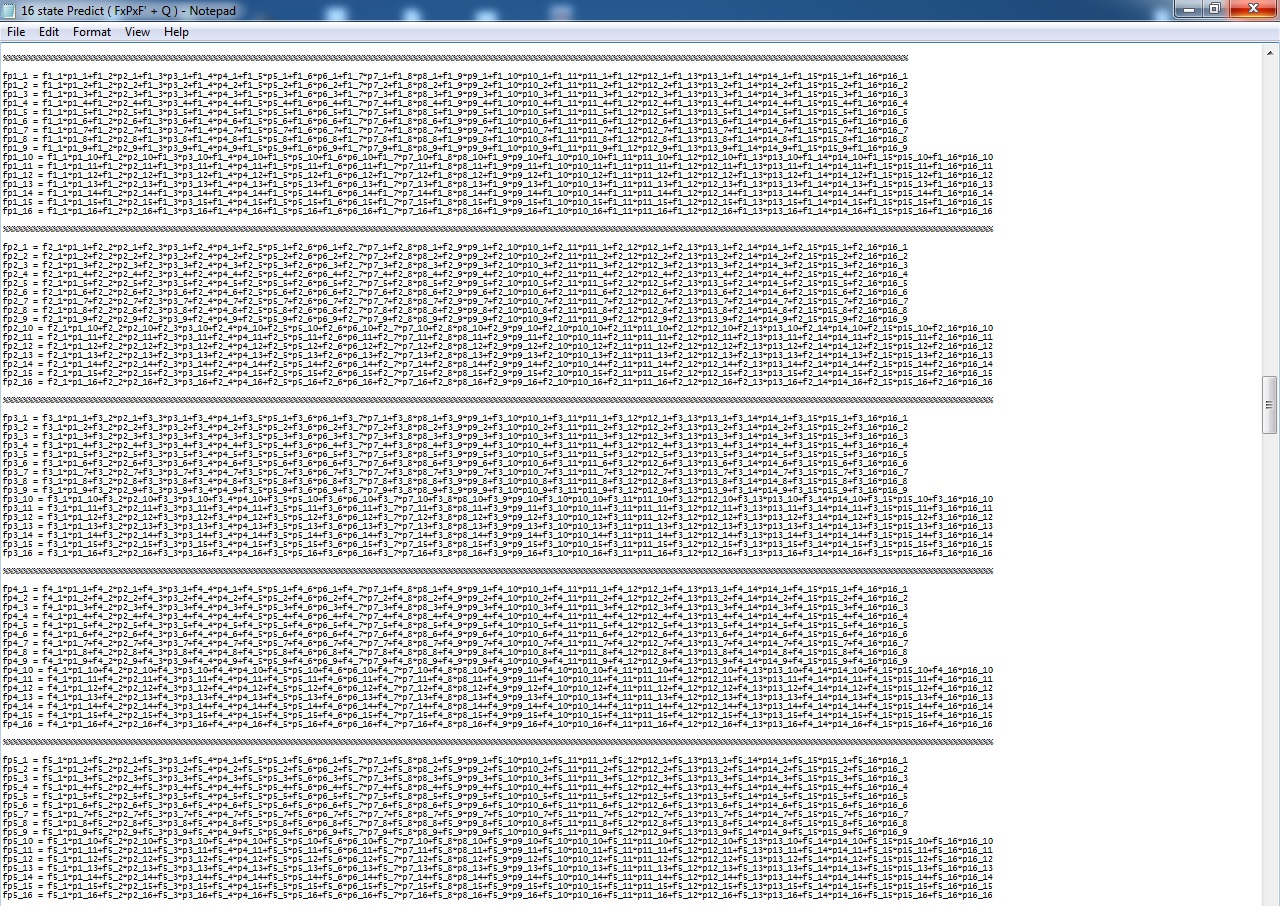Dear Dong,
in INS mode with GPS lost, do you have any information about error rate in the elapsing time and distance? for smooth paths and paths with a maze?
I have an AHRS280ZA-200, I have a problem with it, when I rotate it in any direction very fast, it will freeze for a while ( 1-2 seconds ) it seems it is because of 200d/s gyros used in it, so the algorithm used in it needs to restart itself or something like that. I want to know is openIMU300ZI the same ?
Best regards,
Amin


